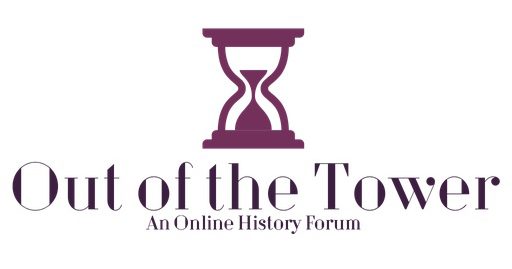In a recent American Historical Association (AHA) roundtable, historians Ruth Bloch, Naomi Lamoreaux, Alonzo Hamby, and John Fea offer insightful discussions on the historical implications of Burwell v. Hobby Lobby Stores.
Ruth Bloch and Naomi Lamoreaux retrace the history of the Supreme Court’s jurisprudence on corporate personhood to argue that Justice Samuel A. Alito’s opinion breaks with a long line of decisions that treated for-profit companies as “persons’ under the Constitution only for the purpose of protecting property rights-not the liberties-of individual members.”
As well, Alonzo Hamby discusses the relationship between Griswold v. Connecticut (1965) and Hobby Lobby. He contends that Hobby Lobby reflects a growing cultural conflict that will continue to divide American society well into the foreseeable future.
John Fea reminds us that corporate personhood has a long history; to this point, he notes that in post-Civil War America the Supreme Court on several occasions affirmed that corporations (primarily railroads) were covered under the Fourteenth Amendment. Yet, he also encourages us to further reflect upon the extent to which a for-profit company can posses a soul and practice a religious conscience. As he puts it, “Religious liberty was an inherently Protestant concept. It stemmed from the belief that people could read the Bible for themselves and draw their own religious conclusions. It has always been a religious idea applied to individual human beings.”
Hobby Lobby also touches upon some of the themes that I examine in my own research. As discussed in other posts, my Ph.D. dissertation looks at the competing civic ideologies embedded in the conflict over the Equal Rights Amendment (ERA) from 1920-1963. Throughout the original ERA conflict, ERA supporters documented the numerous times the Supreme Court had restricted women’s standing under the Fourteenth Amendment (Bradwell v. Illinois 1872; Minor v. Happersett 1874; Mackenzie v. Hare 1915; Goesaert v. Cleary 1947, etc.). Put simply, the Court maintained that the Fourteenth Amendment did not guarantee equal treatment before the law for men and women citizens. For ERA proponents, such rulings denied women their full standing as “persons under the law.” Moreover, amendment proponents insisted that the ERA would remedy this problem by affirming complete constitutional sexual equality and ensuring the full constitutional incorporation of women into the sovereign power of the people.
~Rebecca DeWolf, Ph.D.
